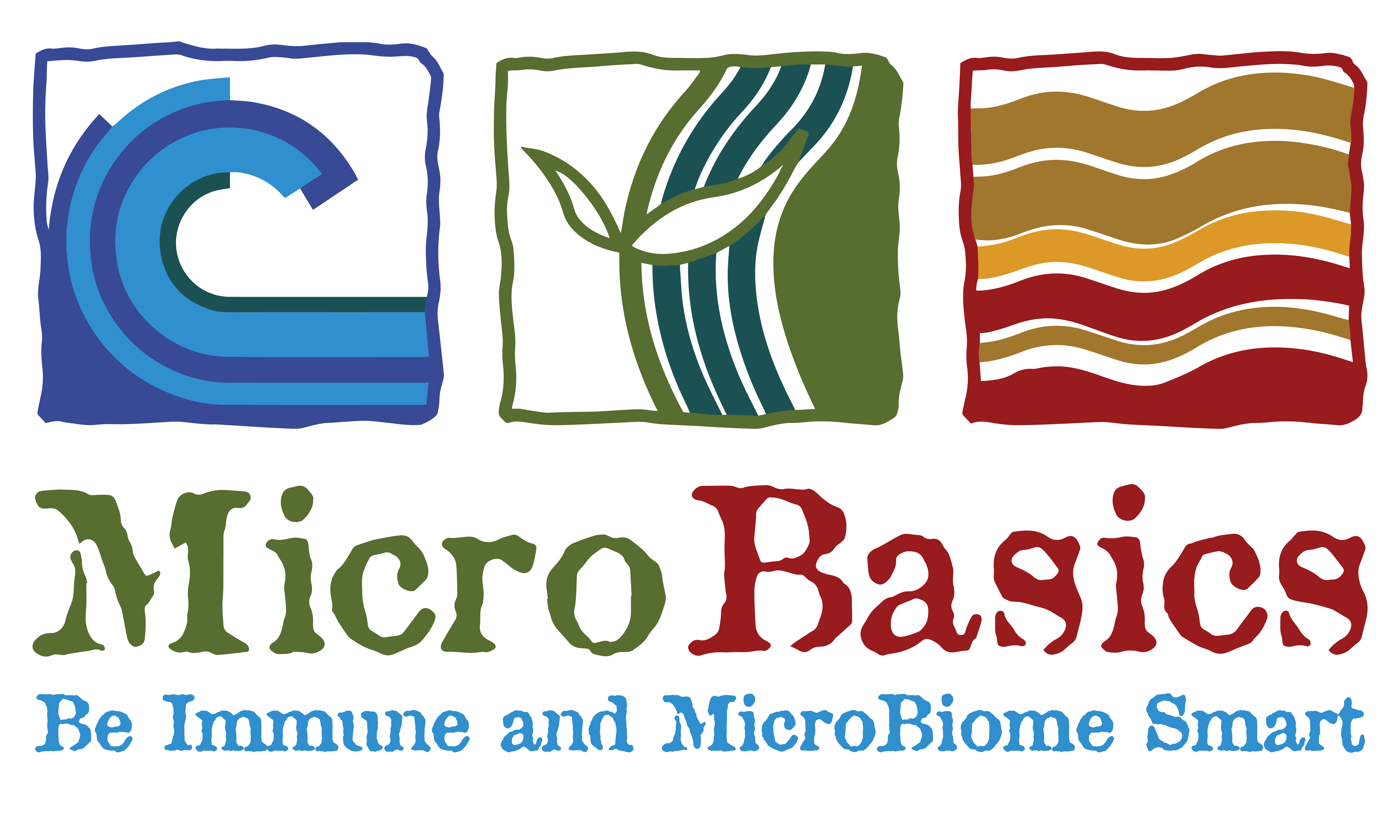One of the best places to get continued education is a conference! This week Brooke Vanderloop of the AVA Group Inc. shares some tips about how she gets the most out of attending a conference and how she applies her new knowledge when she gets back home.
When attending a conference what is the best way to choose which presentations to attend?
I like to go to one presentation that I am certain I will enjoy and get a lot out of. I also like to choose one presentation I think I may not like as much, but in hopes I will learn something new.
Who are the most important people to talk to at a conference?
I think that networking is one of the most important parts of the conference. I go there to talk to as many people as possible.I can always learn something from other producers, and I like to try to talk to some of the presenters if there is an opportunity. Especially if they say something I don’t agree with because I like to know where they are coming from and where they got that information.
Is it worth spending time at the Trade Show?
I think so. I really like learning about new products, especially innovative and natural products. There are a lot of those coming out now. Natural therapies and Calf Distinction products have been some of my favorites. It’s a good place to bounce ideas off sales people or people you are with about the different products.
Which conference has been your favorite to attend?
It’s close between DCHA and PDPW, but DCHA is my favorite because it is so calf focused and that is right up my alley! I really can’t of anything more exciting than a whole conference centered around calves!
Thank you, Brooke, for your thoughts on how to get the most out of a conference! If you would like to hear more from Brooke and her thoughts on calf raising, you can visit her website SmartCalf.
Mariah Gull, M.S.




